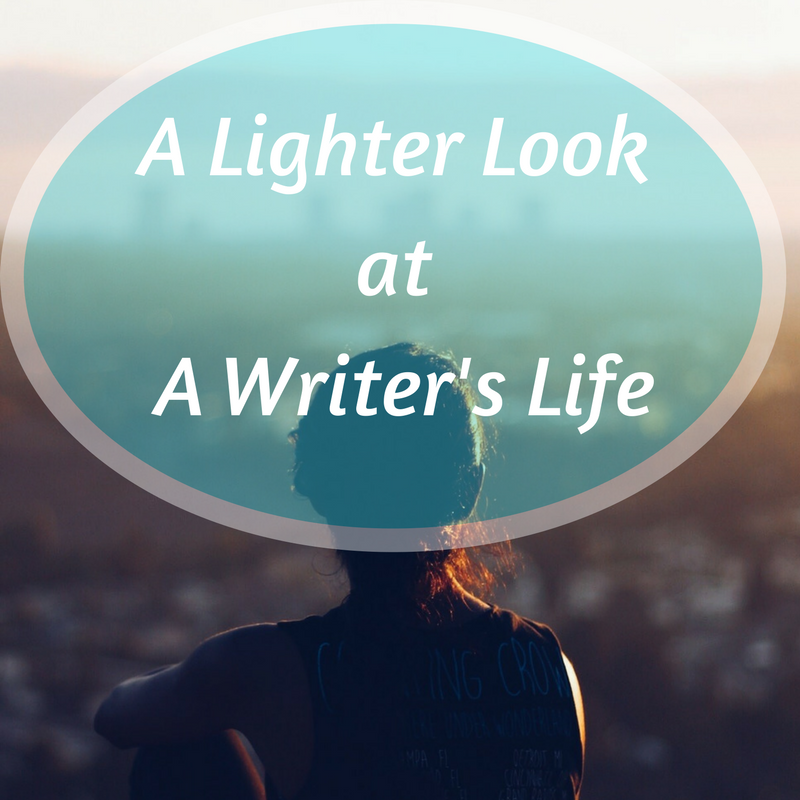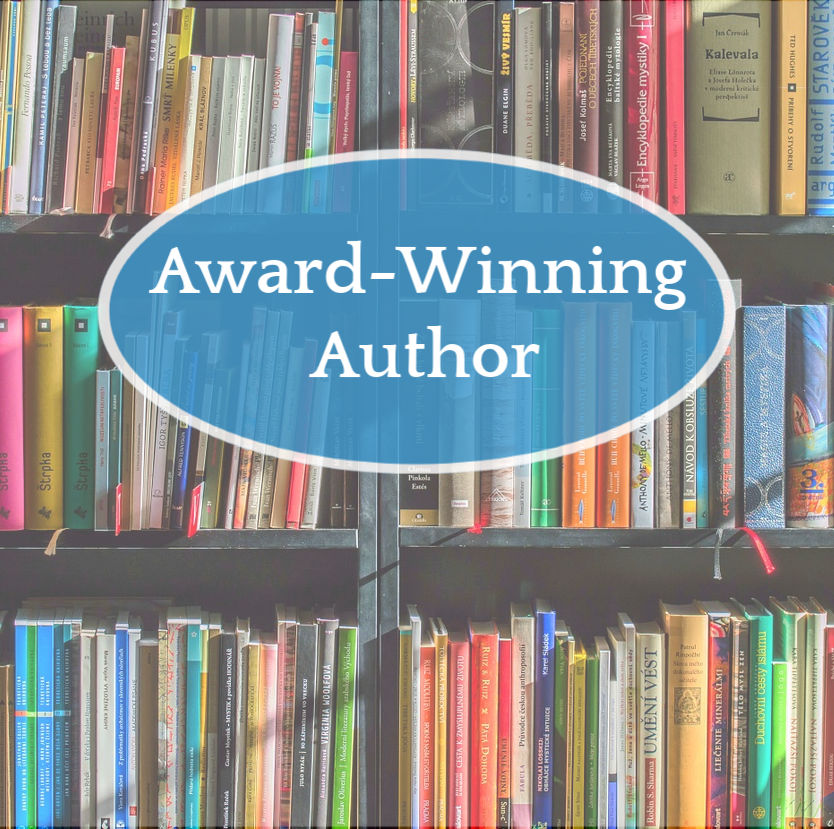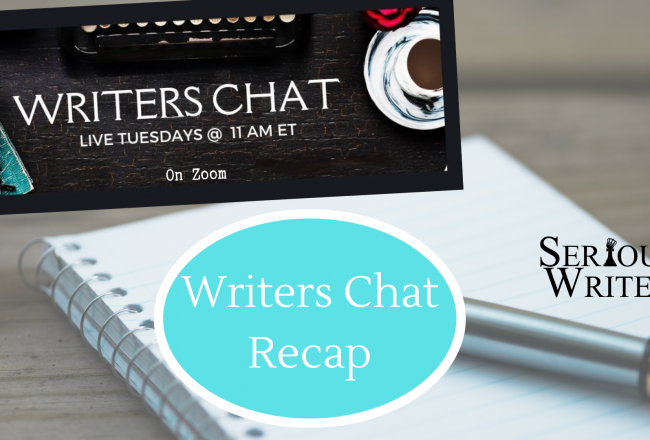
Cracked Pots
Sometimes we feel like cracked pots. An old story tells of a water-bearer in India who daily carried two…
February 4, 2016
Sometimes we feel like cracked pots. An old story tells of a water-bearer in India who daily carried two…
February 4, 2016
Congratulations to our Devotion Category Finalists and Winner! Red Chair Moments – April White A Christmas Carp – Sandra Lovelace Sealed With…
February 3, 2016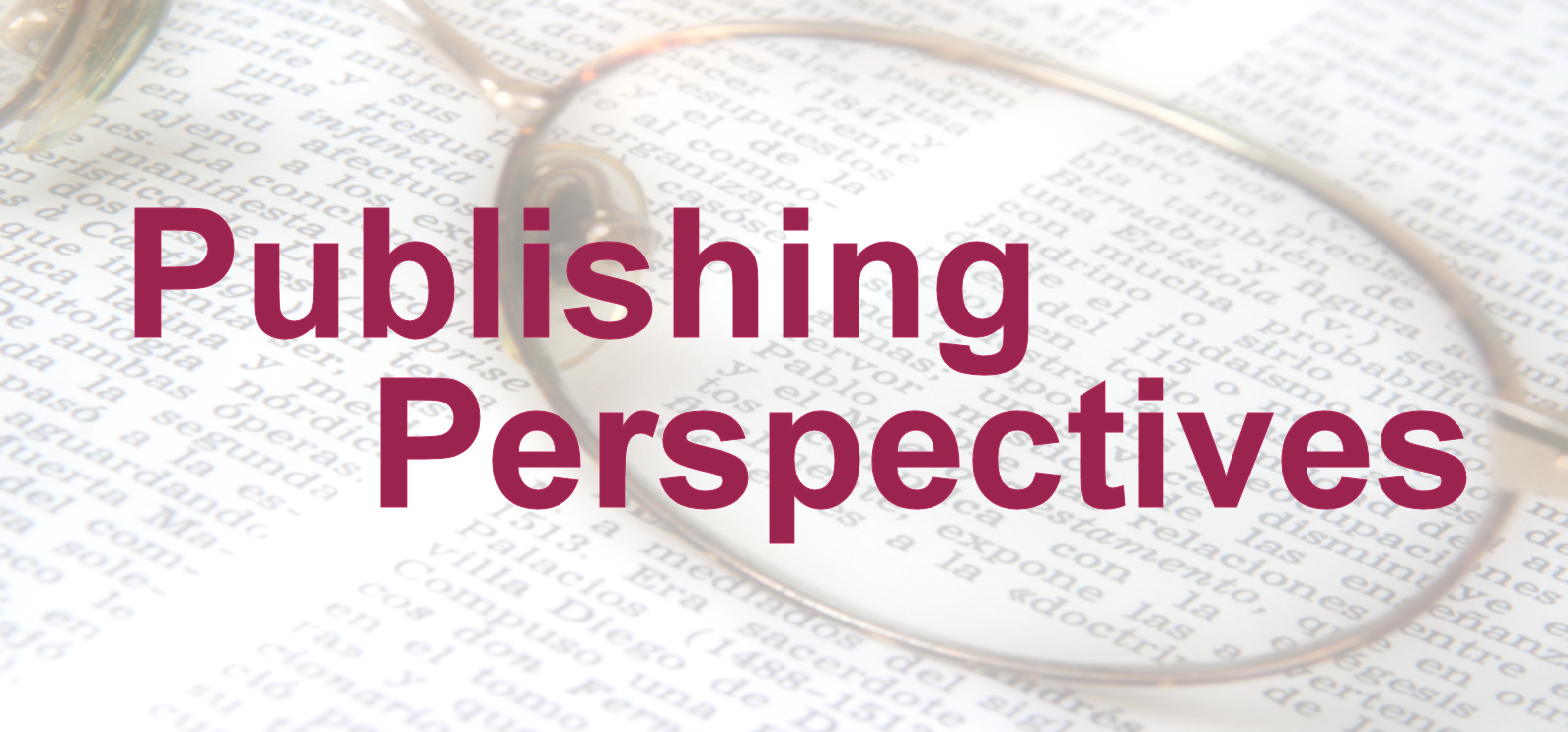
In last month’s column, I mentioned that an item of an Author’s Questionnaire from a publisher is the request…
February 3, 2016
Congratulations to our Poetry Finalists and Winner! Heather Lamm Jennifer Grizzle Al Lim Meredith Hutton (WINNER)
February 2, 2016
Congratulations to our Flash Fiction Finalists and Winner! Elusive Forgiveness by Sheryl Baker To the Old Sod by…
February 2, 2016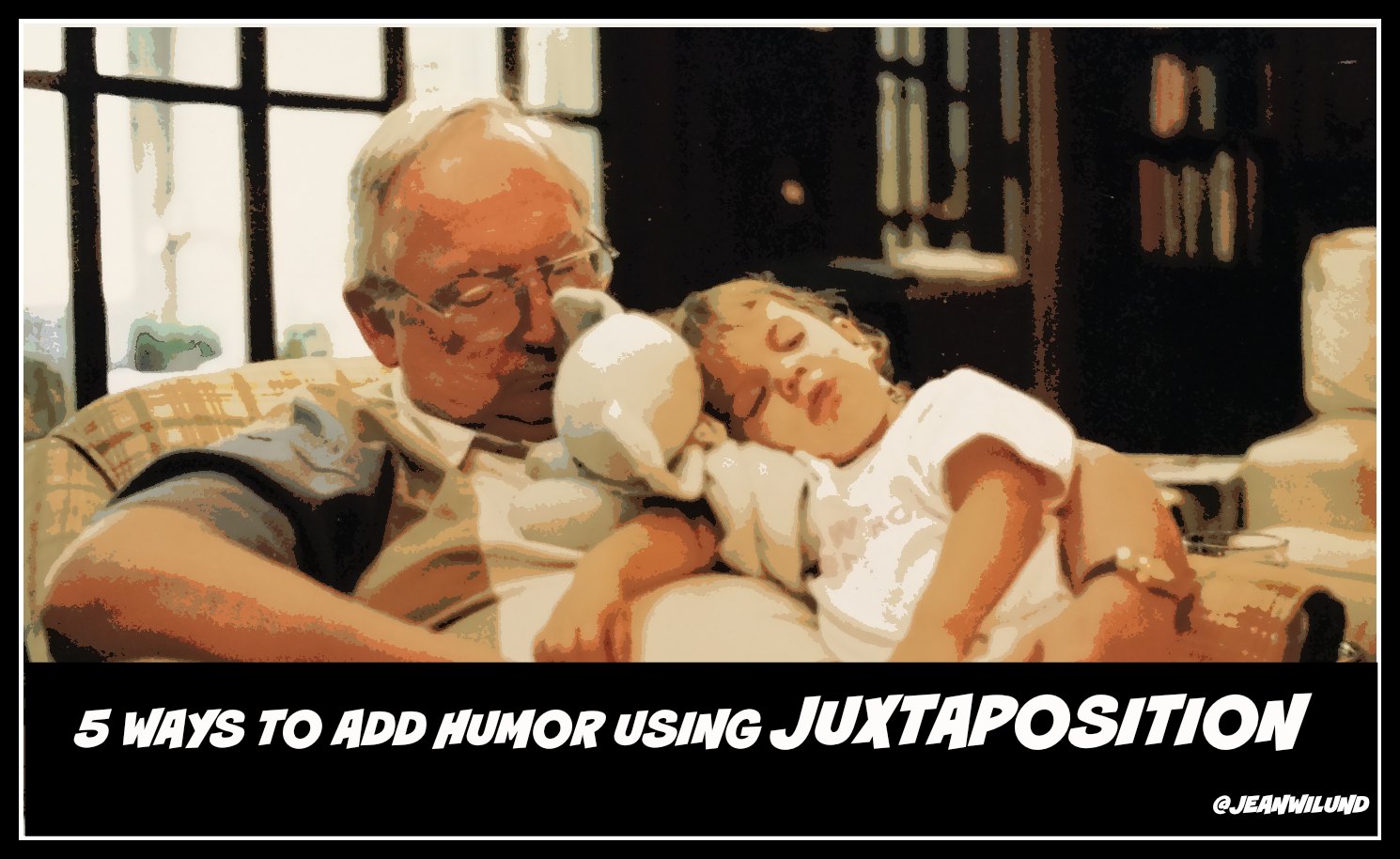
One of these things is not like the other. One of these things just doesn’t belong . . .…
February 2, 2016
I remember when I had my first Twitter shock a few years ago: I discovered that people post pornography…
February 1, 2016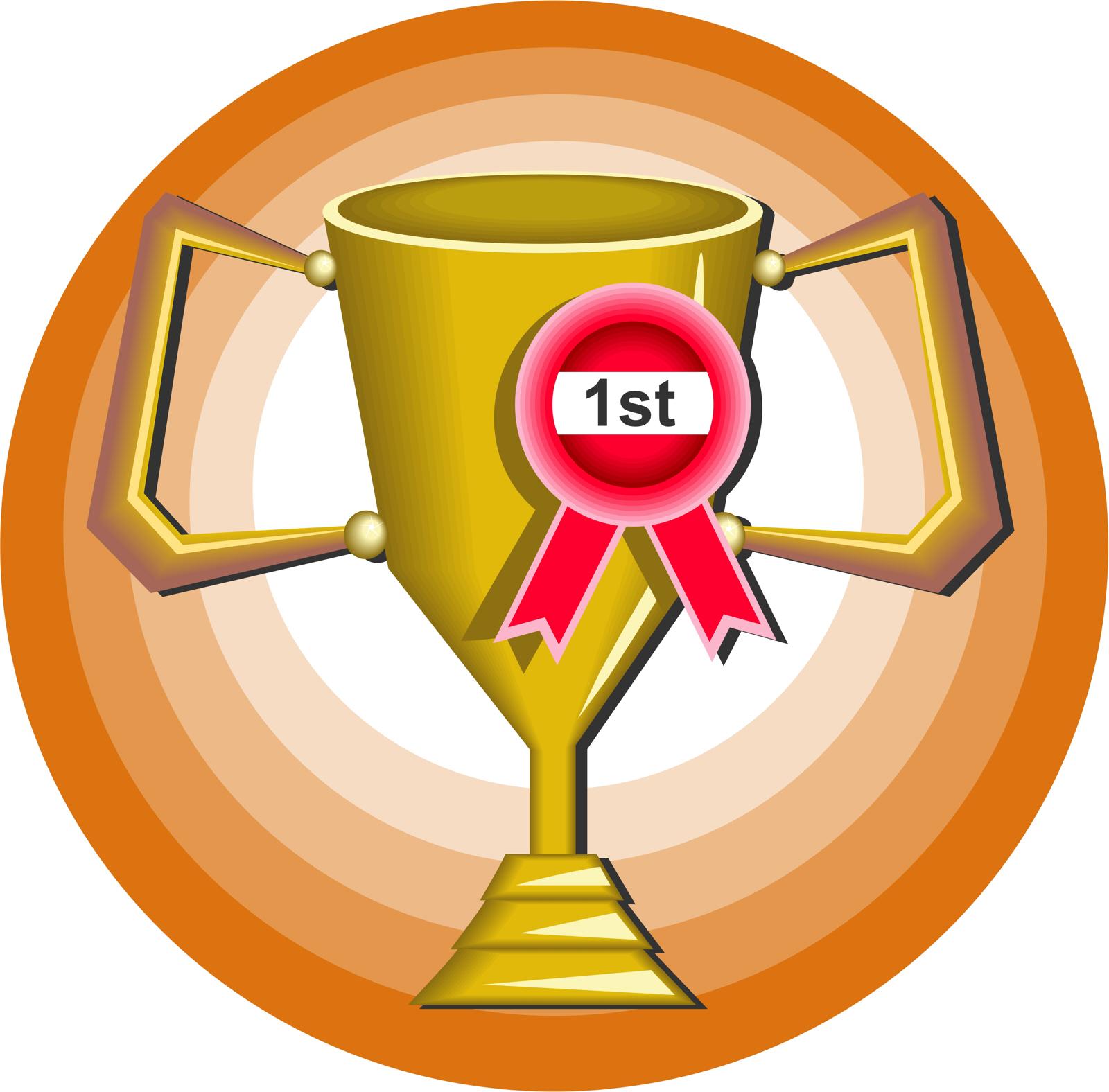
In my last column, I tried to convey the good outcomes you can receive when you enter your…
January 30, 2016
Occasionally a business development tool comes along that works well for writers. SWOT Analysis SWOT—Strengths, Weaknesses, Opportunities and Threats—was popularized…
January 29, 2016
Transitions are an important element in our writing. Without them a paragraph can sometimes feel like we are reading…
January 28, 2016
[author title=”Lisa Belcastro” image=”https://www.almostanauthor.com/wp-content/uploads/2015/12/lisa_belcastro-439×320.jpg”]Lisa Belcastro lives with her family on Martha’s Vineyard. She loves time with her family and…
January 26, 2016
I love my spin toothbrush. My teeth just feel cleaner. The other day I was surprised when it stopped…
January 25, 2016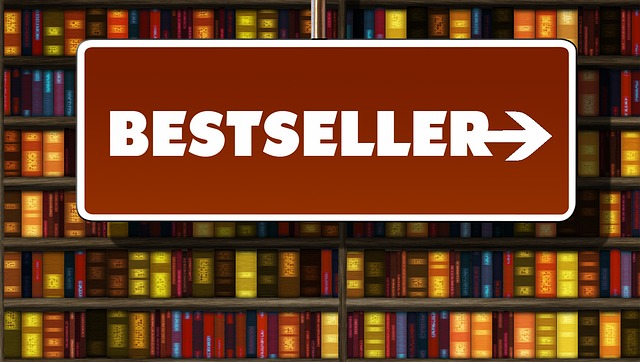
[author title=”Doug Peterson” image=”https://www.almostanauthor.com/wp-content/uploads/2016/01/Bowler-Hat.jpg”]Doug Peterson is the author of over 60 books, including four historical novels–The Disappearing Man, The…
January 24, 2016
The first part of this series examined the Query Letter. The second part looked at the synopsis. In this…
January 23, 2016
I’m not sure what historical novelists did before the advent of the Internet. What takes a matter of minutes…
January 22, 2016
Keeping the faith in your writing can be difficult. I remember sitting on my back porch with a rejection…
January 21, 2016
Christian nonfiction writers receive all the credit for being the biblical and spiritual teachers. If we want to learn…
January 20, 2016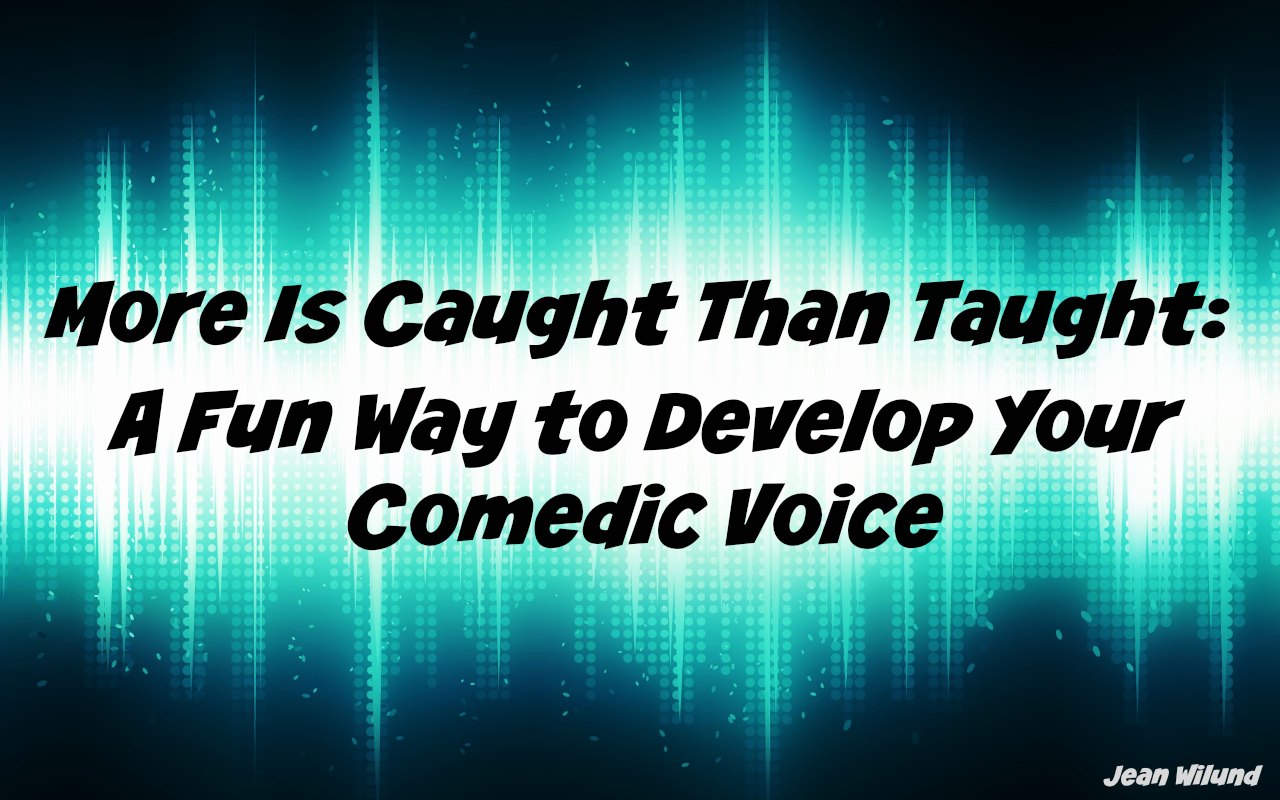
More is caught than taught. This truism haunted me as I raised three impressionable children. Now it inspires me as…
January 19, 2016
How to Drive an Editor Crazy, Part 2 By Lori Hatcher I’m a magazine editor. Every day I receive…
January 18, 2016
I recently had the opportunity to serve at the Operation Christmas Child Shoebox Processing Center at Samaritan’s Purse Headquarters…
January 18, 2016
I am not a horse person. I freely admit almost complete ignorance in regard to horses and horse-related things.…
January 17, 2016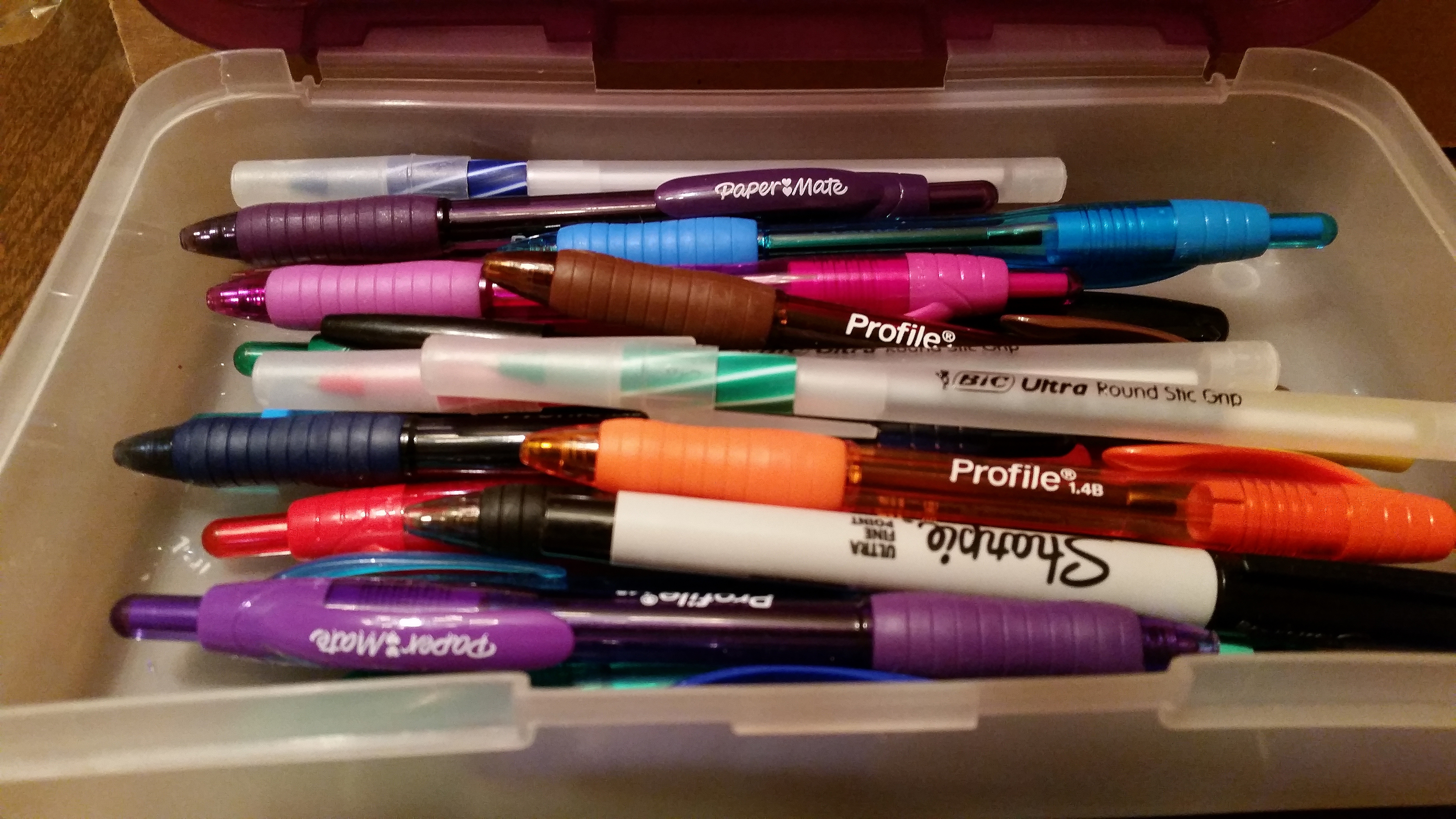
Most fiction starts out hot, then bogs down. How can you keep the fire in your fiction so that…
January 16, 2016
Where to begin? I had a friend ask me this question recently, who is interested in writing a young…
January 15, 2016
[bctt tweet=”5 Reasons Teens SHOULDN’T Pursue a Writing Career #teenwriters #writingtips”] When I was 14, I emailed a best-selling…
January 14, 2016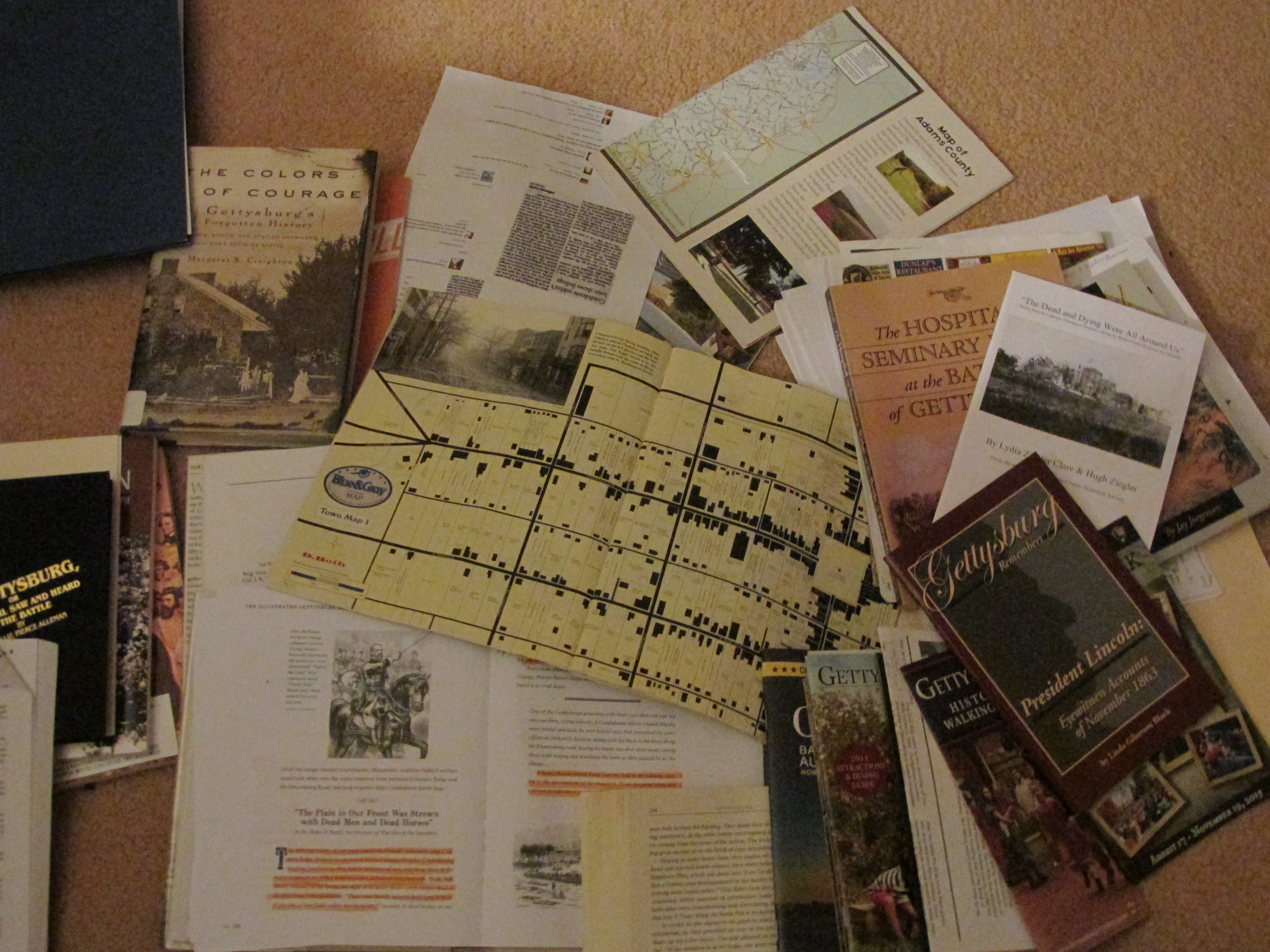
Researching for a story or article can be a chore. It’s certainly a lot of work to dig for…
January 13, 2016
